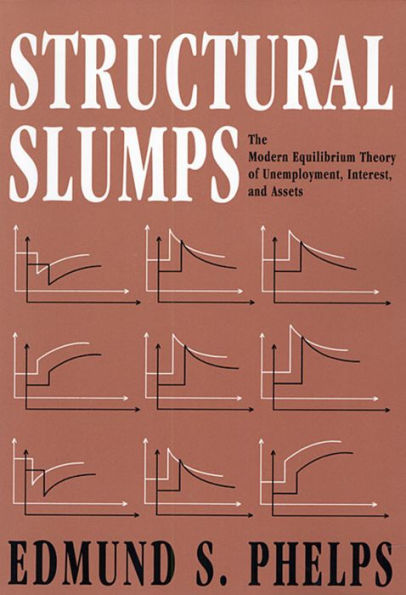5
1
9780674843745


Structural Slumps: The Modern Equilibrium Theory of Unemployment, Interest, and Assets / Edition 1 available in Paperback

Structural Slumps: The Modern Equilibrium Theory of Unemployment, Interest, and Assets / Edition 1
- ISBN-10:
- 0674843746
- ISBN-13:
- 9780674843745
- Pub. Date:
- 09/01/1998
- Publisher:
- Harvard University Press
- ISBN-10:
- 0674843746
- ISBN-13:
- 9780674843745
- Pub. Date:
- 09/01/1998
- Publisher:
- Harvard University Press
52.0
In Stock

Product Details
| ISBN-13: | 9780674843745 |
|---|---|
| Publisher: | Harvard University Press |
| Publication date: | 09/01/1998 |
| Edition description: | Reprint |
| Pages: | 440 |
| Product dimensions: | 6.38(w) x 9.25(h) x 0.90(d) |
About the Author
What People are Saying About This
From the B&N Reads Blog
